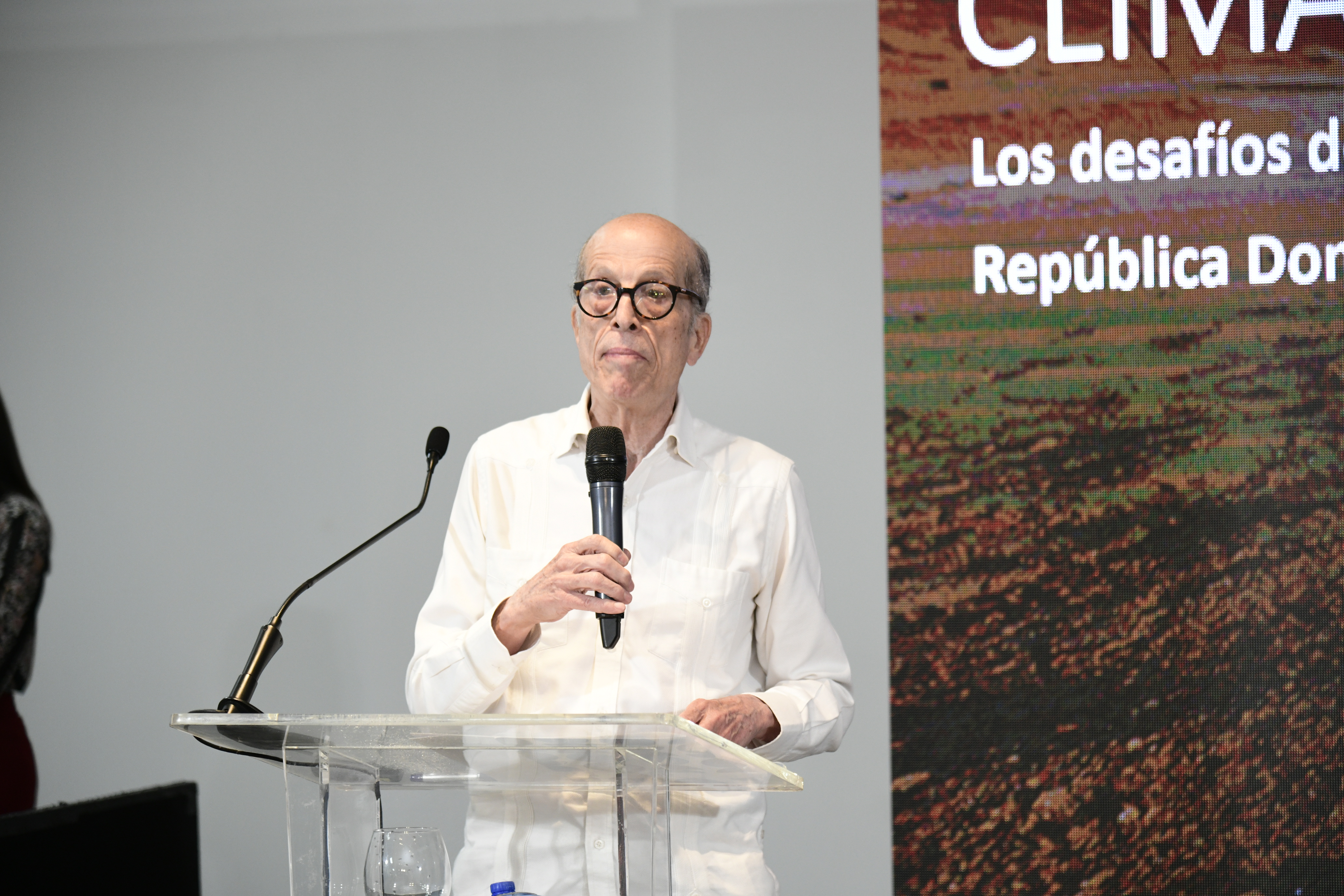Free Zones Generate 10% of Foreign Investment
 | Free Zones Generate 10% of Foreign Investment The free zones generated 10.2% of foreign investment; the value of their exports, including services, was US$5,589 million, which is equivalent to 56 percent of the total national exports, and they generate 276,000 direct and indirect jobs. This data was provided in a study of “Analytica”, a company that analyzes the impact of the free zones sector, based on the information that was available at the end of last year, and which highlights that the economic benefits of these industries are five times greater than the government’s estimates in terms of incentives. At the end of last year, the production of the free zones accounted for 3.2% of the GDP, but if we consider the indirect impact that the sector generates, this share represents 5.3% of the GDP. Moreover, the report presented to journalists specializing in economics says that in the last four years the number of companies in the free zones has increased by 10.6%, reaching 614 companies in 2014. These companies operate in a number of industrial areas located throughout the national territory. The diverse origin of these companies, according to the study, highlights the country’s attractiveness as an investment destination, noting that 41.4% come from North America, 40.6% from the Caribbean, 10.9% from Europe, 4.07% from South America, and the remaining 3% is divided between Oceania and Asia. An important part of the study underscores that the benefits that the free zones bring to the local economy are five times higher than the exemptions granted. From the official figures, it is estimated that in 2014 the incentives to the sector totaled RD$23,461 million, which, when compared to the national benefits, generated a net return of RD$89,053 million. This is equivalent to a return of 380%. For each RD$100 these companies receive in incentives, the sector generates RD$500 in profits. The results from the research were explained by Economist Jacqueline Mora, President of Analytica, together with José Tomás Contreras, President of ADOZONA, and other executives of the latter association.? Sector recovery The data highlight that the number of industrial areas in the Dominican Republic has grown by 25% between 2010 and 2014. This shows that there has been a recovery in the sector since the international crisis of 2008, when only 48 industrial areas operated in the country. Currently, the total number of industrial areas is 60, with an average of 11 companies in each of them. The study also indicates that the sector’s capacity for expansion has enabled it to enter new markets, thereby increasing the production of medical and pharmaceutical equipment, as well as materials and instruments for a variety of purposes, and jewelry. The service area (call centers and the outsourcing of business services) also represents an important segment. Economic growth and job creation The Analytica study, described as evidence of a successful public-private partnership, highlights the impact of job creation by the free zones on the growth of the Dominican economy. “In 2014, the sector employed 153,342 people, representing 12% of the private contributors to the Treasury of the Social Security system, 33.4% of employment in the manufacturing sector, and 77% of the contributors from this sector. This is further evidence that in recent years these companies have been demanding more skilled workers in their labor profile, which means that new businesses will create higher quality jobs with higher value-added requirements. Indeed, in 2010 the technical jobs represented 12.7% of the total employment in the FZs, while in 2014 this figure rose to 19.1%,” the study says. The wages earned by these companies’ employees have also increased, thereby improving the economic gap. Wage competitiveness is obvious in the various categories of employment. The study says that the average remuneration of technical positions in the FZs is above the average earned in the rest of formal jobs. The analysis also shows that workers receive better wages than those citizens who depend on the informal sector, in addition to social security benefits and other compensation derived from formal employment. The wages for FZ workers is 31.3% above the average received by workers in the informal sector ? Growing employment for women A fact that is highlighted in the report is the increase in employment for women in the Free Zones of the country, where more than 55 percent of the jobs created in the period 2002-2014 were occupied by female workers. In this regard, it indicates that “the FZs remain one of the main sectors where the prevalence of women is important, especially in the industrial segment, where more than half of the employees are women.”It further indicates that employment in the Free Zones is less concentrated, because, while in the rest of the formal private sector 42.5% of employees are male heads of household, the percentage is 30.6% for the employees in the FZ industrial areas. The study devotes a special chapter to highlighting the impact of the sector in some provinces of the country, where the majority of the formal employment is provided by these companies. It shows the case of Pedernales, where 89% of formal jobs are provided by companies in the Free Zones, followed by San Cristobal with 54%, and San Pedro de Macoris with 41%. Another important statistic in the study is that, on average, a FZ company generates some 250 jobs, or nearly 13 times the average for the rest of the formal private sector. Multiplier effect on the economy One of the findings of the study is that the activities in the free zones not only create direct jobs, but also have a favorable impact on other sectors of the economy. It indicates that, since 2011, the local purchases by the free zones have increased by 82%, generating, in 2014 alone, purchases totaling 41,152 million pesos, spread throughout a variety of sectors, including transportation, manufacturing, trade and real estate. “In addition, the incidental benefits of the activities of the Free Zones translate into more jobs in the economy. In fact, in 2014 there were 122,673 new indirect jobs, which, together with the direct jobs, totaled 276,015 jobs. In other words, for every ten jobs that the Free Zones generate, eight additional jobs are created in the economy,” says the study. Photos |

Related News
-

(Versión en español) Inauguración de la XII Feria Semana de la Geografía 2024
-

(Versión en español) Sector construcción dominicano reunido este fin de semana en la IV Expo Construcción Puerto Plata
-

(Versión en español) Médico Express será pionero en RD con certificación de excelencia para turismo médico
-

(Versión en español) Realizan premiere de la nueva película "Canta y no Llores", coproducción entre República Dominicana – España
-

Dominicanos en Grandes Ligas
Las ultimas noticias/novedades de lo que acontece con los Dominicanos en las Grandes Ligas durante toda la temporada 2019.






